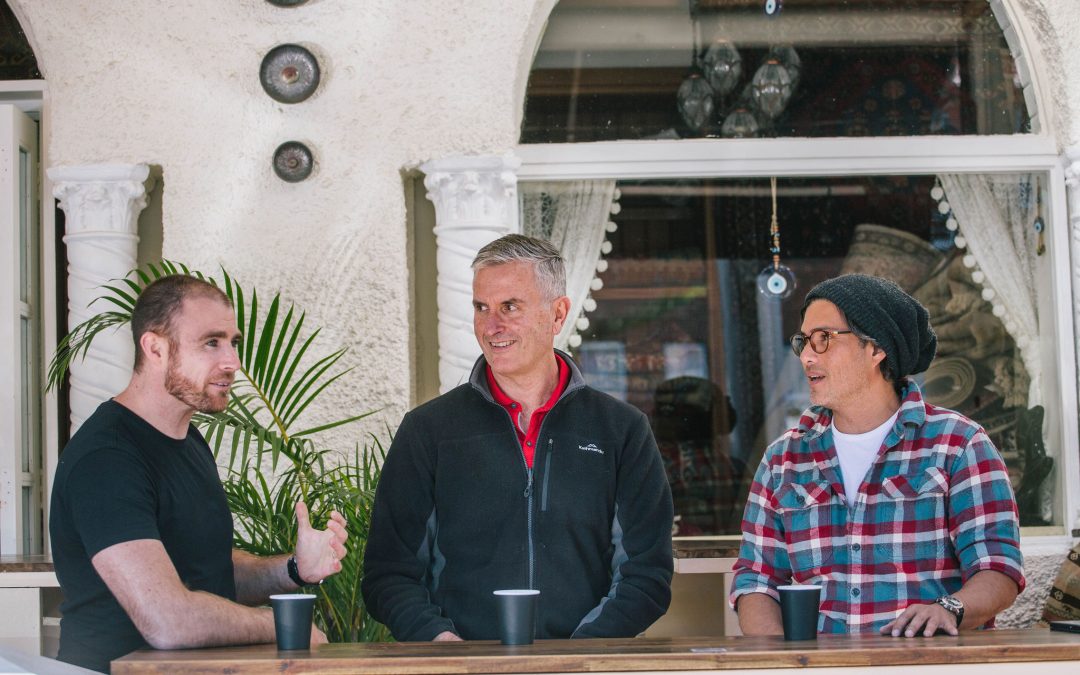Are rates going up isn’t the right question, it is just WHEN are rates going to increase, how quickly and by how much?
The Reserve Bank of Australia just announced in December that they will be keeping their policy rate unchanged at 0.10%. This means it’s business as usual for bank customers. They also announced they will be maintaining their accommodative financing conditions by continuing to purchase government bonds at the rate of 4 billion per week. This decision was made after analyzing economic data which showed no signs of a tightening in sight anytime soon, meaning it’s likely we’ll continue seeing low-interest rates for the first half of this tear.
The decision was underpinned by the ongoing economic recovery amid the fast vaccine rollout and moderate inflationary pressures. The elephant now in the room is Omicron… Skilled workers in many industries were scarce in December but with so many Aussies in isolation due to becoming infected small businesses are now being forced to close due to not being able to find healthy staff. This will slow the economy further in Q1 this year and will be interesting to see how this flow through in the data to be reviewed by the RBA at their next meeting on February 2nd.
The Reserve Bank has been clear about its policy direction, which is keeping rates low to stimulate the economy by encouraging borrowing and spending. The central bank confirmed that they will not hike the cash rate before inflation levels are back within the range of 2-3%. Rate could stay low all this year but there is really only one way for them to move and that is UP!
US inflation hit a 40 year high and is expected to remain well above the Federals Reserves target for 2022 which will lead to interest rate increases as soon as March. CBAs head of international economics, Joseph Capurso, said: “The US headline and core CPI in December were slightly stronger than expected, however, our favoured measures of CPI inflation, the median and trimmed CPI, both decelerated for the second consecutive month, the high US inflation story is intact and FOMC rate hikes are coming soon.”
Will this inflation hit down under? YES… So are rates going up?
Are rates going up isn’t the right question, it is just WHEN are rates going to increase, how quickly and by how much?
Of course, interest rates will rise and it’s there is not anything we can do, but there may be a dark side to this that we’re all too aware of: More expensive mortgages could lead us down an economic path similar in nature as 2008 financial crisis where consumers stop spending due to their increased fears over debt levels or simply just not having enough money available for to fund the lifestyle they are accustomed.
Reduced consumer demand would have a crippling effect on the national economy which has already been slowing under pressure from the sluggish labour market — if things continue without any improvement then Australia might find itself not as lucky anymore.
Australians have been taking on more and bigger loans over the past few years, but it’s time to be careful. The talk of rising rates will send a message that maybe spending should take place only when you can afford it – which is hard with all these debts we owe as a country! When our mortgage payments are due (depending on where mortgages originated), they often become an itemized list running into thousands each month for things like electricity bills transportation fees childcare costs medical insurance premiums life insurances policies dental care etc..
The reality is that rising interest rates are a good thing to slow down the property market’s growth potential. Still, for many people, they may also change human behaviour and affect us even more so than just slowing our economy as well! But if their concern at this point in time is based on what would likely happen without any rate hikes- namely low spending numbers because consumers will find cheaper loans elsewhere – then there won’t be much need, right?
The RBA must weigh these risks before making any decisions about how high we see mortgage costs go next year or beyond
The average Aussie home loan is set up as P&I repayments. If we see the cash rate rise 1% this will significantly increase the average Sydney home loan repayment by approximately $1000 per month.
Existing property owners should be budgeting in these rate rises and making these additional repayments now to take advantage of the excessively low current rates, or research fixed-rate loans to lock in a portion of the debt. New buyers need to ensure they do not overextend themselves.
Resources
CONNECT WITH OUR TEAM
We’re excited to tell you more about how to start building your property future!
We'll reach out shortly, or you can choose to contact us at a time that works for you.
Ready to talk now? Call us at 1300 688988

